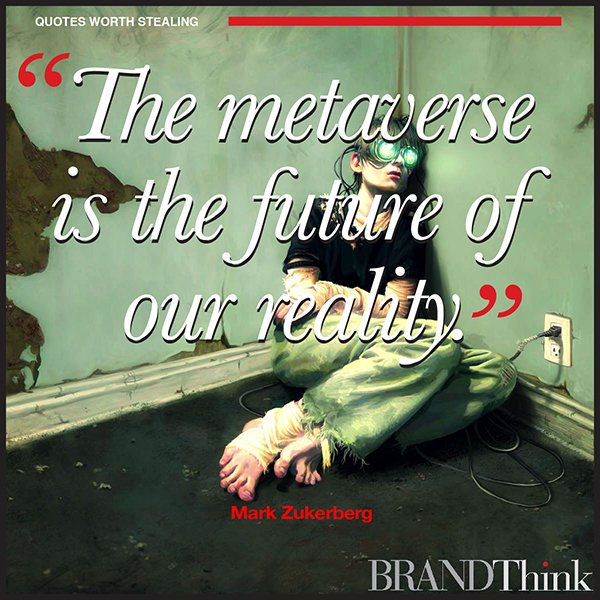Welcome to cleantech 2.0 and the exhilarating rush of new capital.
Welcome to cleantech 2.0 and the exhilarating rush of new capital. Crunchbase identified 27 climate-focused software firms that collectively raised $1.3B in the last year, half of that in 2022 alone. Valuations for software companies focused on decarbonization are climbing exponentially. Kiran Bhatraju, founder and CEO of Arcadia, a developer of cleantech software, states, “The cash flow profile at scale can look like your best-in-class enterprise software companies in an asset class that hasn’t seen that.”
Cleantech is here, and everyone wants in. But getting to this point hasn’t been easy. Developing scalable, mass-market solutions with the potential to reduce global emissions is notoriously challenging and can take years. With a lack of VC focus on the space resulting in few financing options, many failed to scale. Many went bankrupt. Many VCs lost about half of the $25bn they invested in the cleantech sector between 2006 and 2011, according to PwC.“It was really boom and bust driven by the overallocation of venture capital,” says Rob Day, a partner at Boston-based Spring Lane Capital.
Many believe the tipping point has come. The urgency is there, finally. AI and smart software, along with our pandemic-learned need to adapt are all contributing. Government policy is also a factor. Today, 132 countries have pledged to reach net-zero emissions by 2050. The Biden administration is looking to invest $2T in clean energy to reach its decarbonization goals. All of this will dramatically accelerate the space and allow new tech and software to reach profitable scale more quickly. The global cleantech space is projected to be over $2.5T by the end of 2022, all helping to accelerate mainstream adoption.
Better late than never.




















